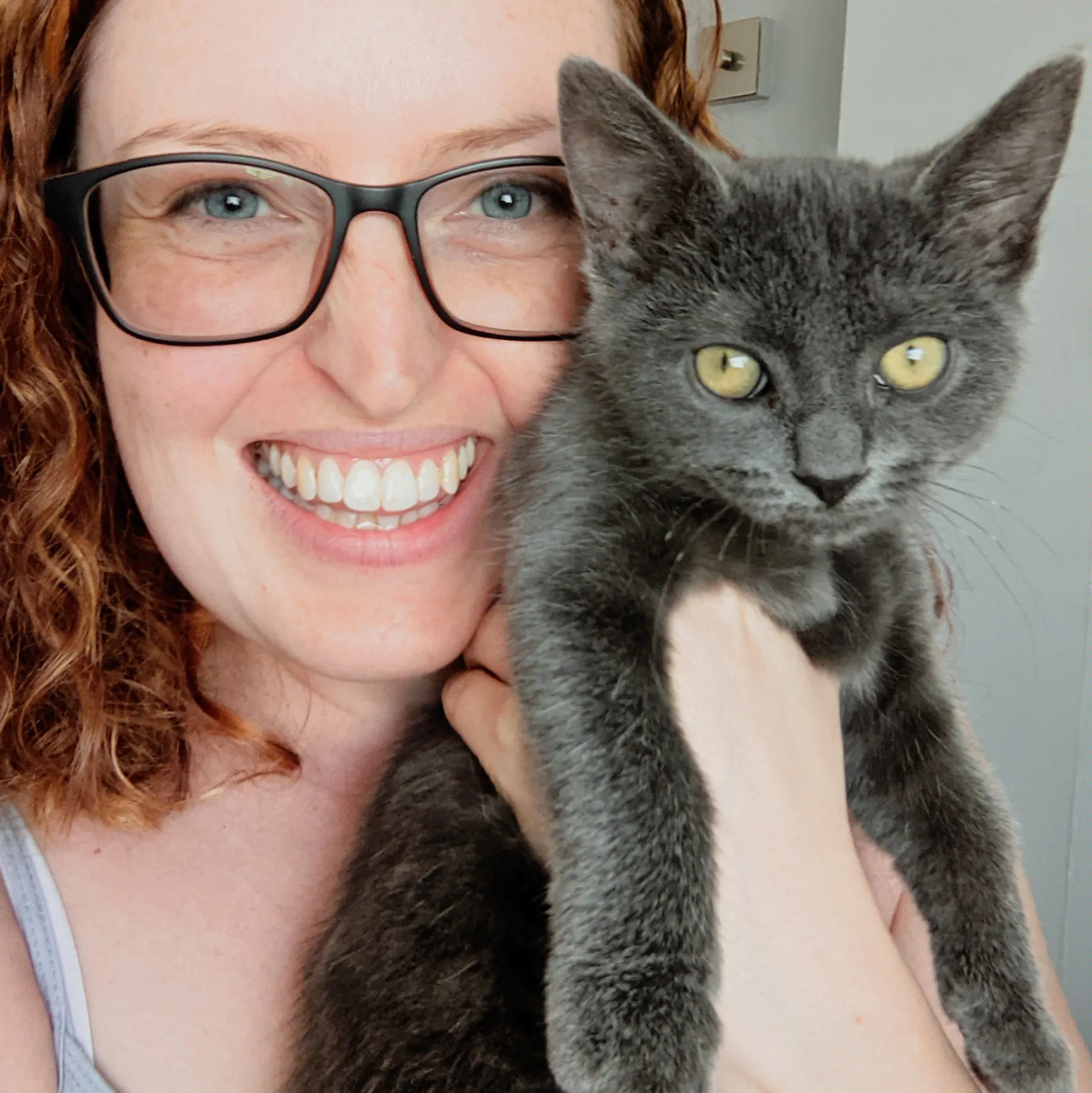The British Shorthair is one of the oldest and most iconic cat breeds, known as the ‘teddy bear’ of cats. It’s instantly recognisable for its dense plush coat, round face and calm, affectionate nature. As a pedigree breed, it is prone to certain health issues worth being aware of.
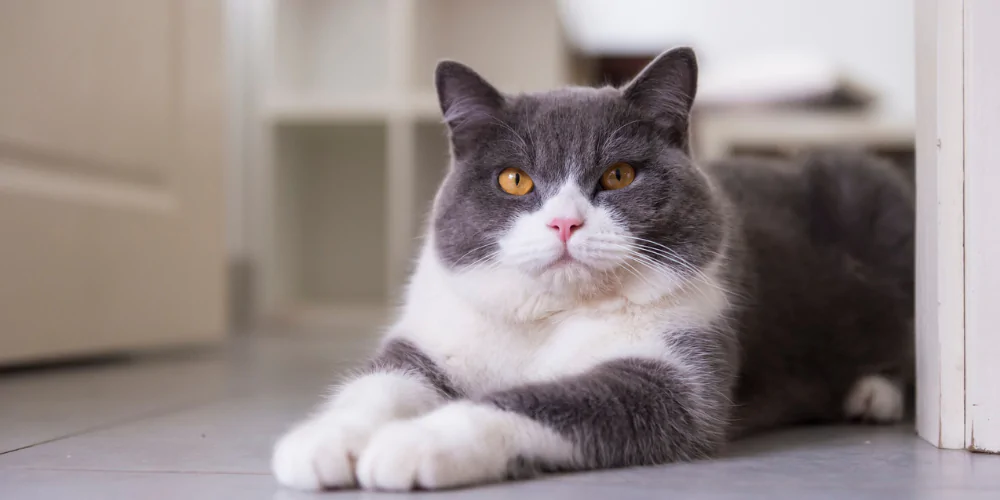

A guide to owning a British Shorthair
The ‘teddy bear’ of cats, the British Shorthair is one of the most charming balls of floof you’d ever hope to meet. This breed combines a dignified presence with a loving temperament, making it very popular among cat lovers nationwide.
Easygoing and adaptable, British Shorthairs will be happy in busy households and quiet flats alike. Equally, they can be let outside or will be content to remain housecats. In other words, they’re wonderful companions for all flavours of owners.
Are British Shorthairs good family pets?
Yes. As patient and affectionate beans, British Shorthairs make excellent family pets. They’re not overly demanding, content just to be near their favourite people.
British Shorthairs tend to get along well with children and other pets when properly introduced. They’re gentle and calm, meaning they’re less likely to scratch or startle easily. But like with all cats, it’s important to teach younger children to respect their boundaries.
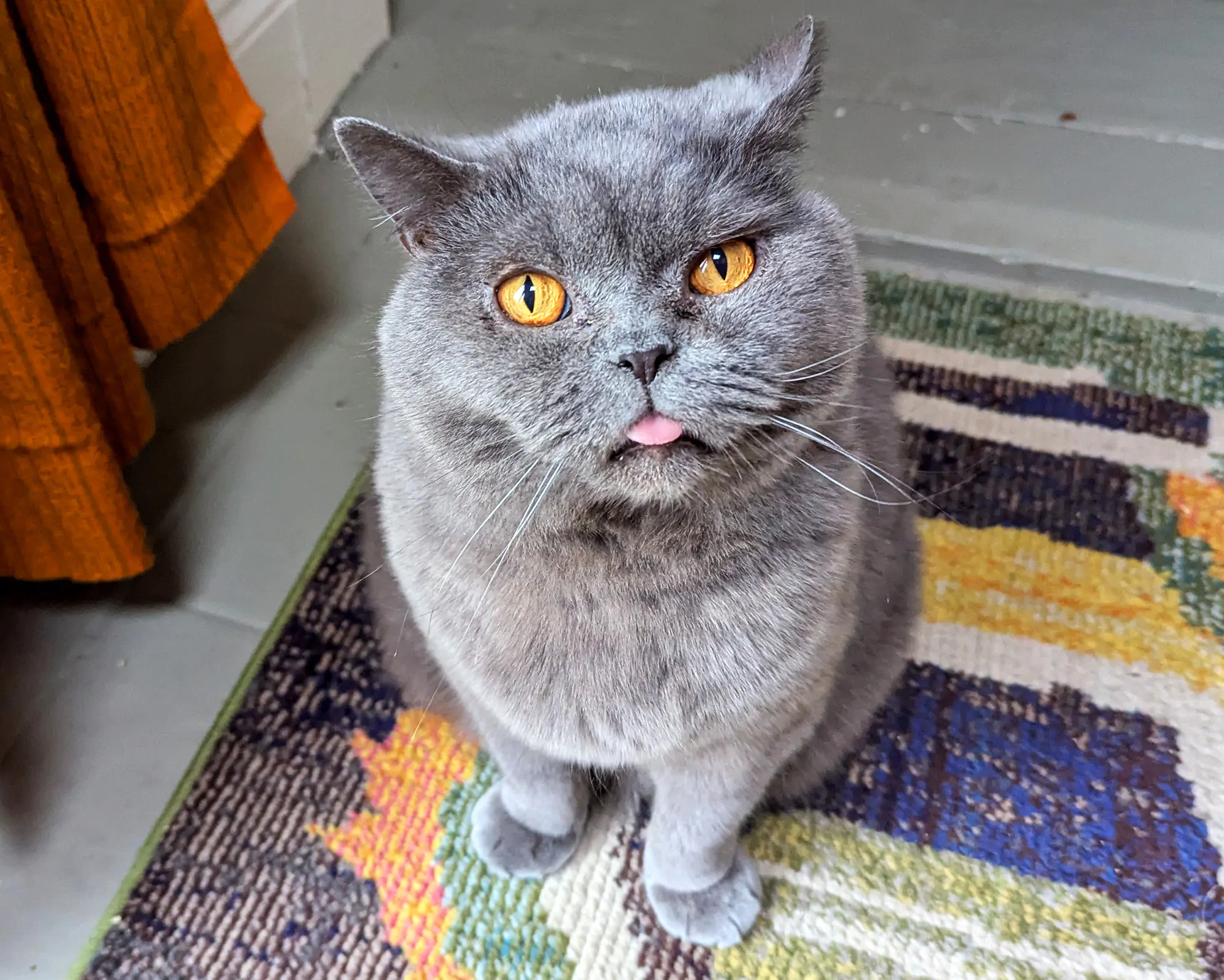

British Shorthair size and appearance
British Shorthairs are medium to large cats with a muscular, sturdy build and spherical features. Adult males typically weigh between 5-8 kg, while females are slightly smaller at around 4-6 kg.
Their signature round face, chubby cheeks and large, expressive eyes give them an unmistakable look. They also have a dense, plush, luxurious coat.
The five most common British Shorthair colours are:
- Blue (grey): The classic, often called ‘British Blue’ – featuring a solid blue-grey coat with copper or gold eyes
- Lilac: Soft, pinkish-grey
- Black: With striking orange or copper eyes
- Cream: A warm beige tone
- Silver tabby: Dark stripes, spots or swirls on a pale silver background, often with green or hazel eyes
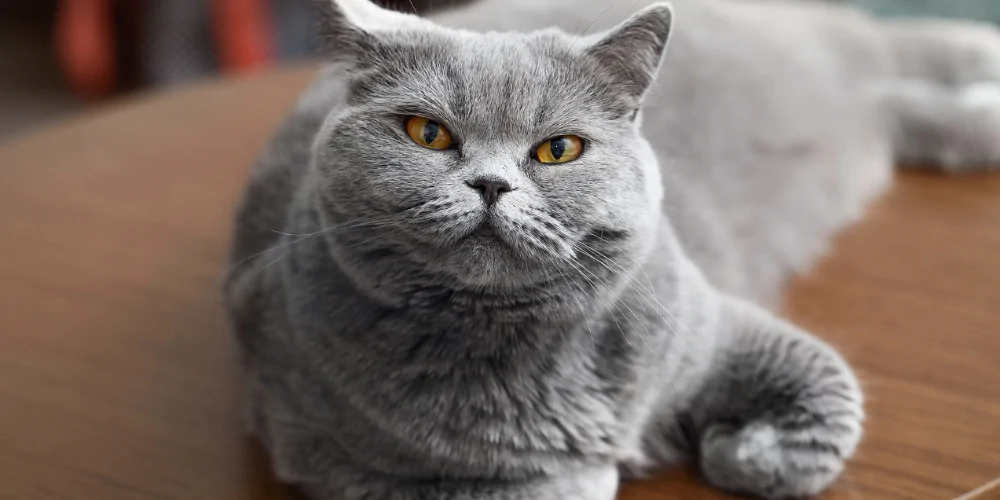

What is a British Shorthair’s temperament?
British Shorthairs are known for their quiet confidence and loyal, easygoing nature. Their personality is:
- Calm: They’re well-mannered and gentle
- Balanced: Affectionate without being clingy, independent without being aloof
- Loyal: Form strong bonds with owners
- Patient: Tolerant of children and other pets
- Adaptable: Happy with both indoor and outdoor living
Photo by Frederic Christian on Unsplash
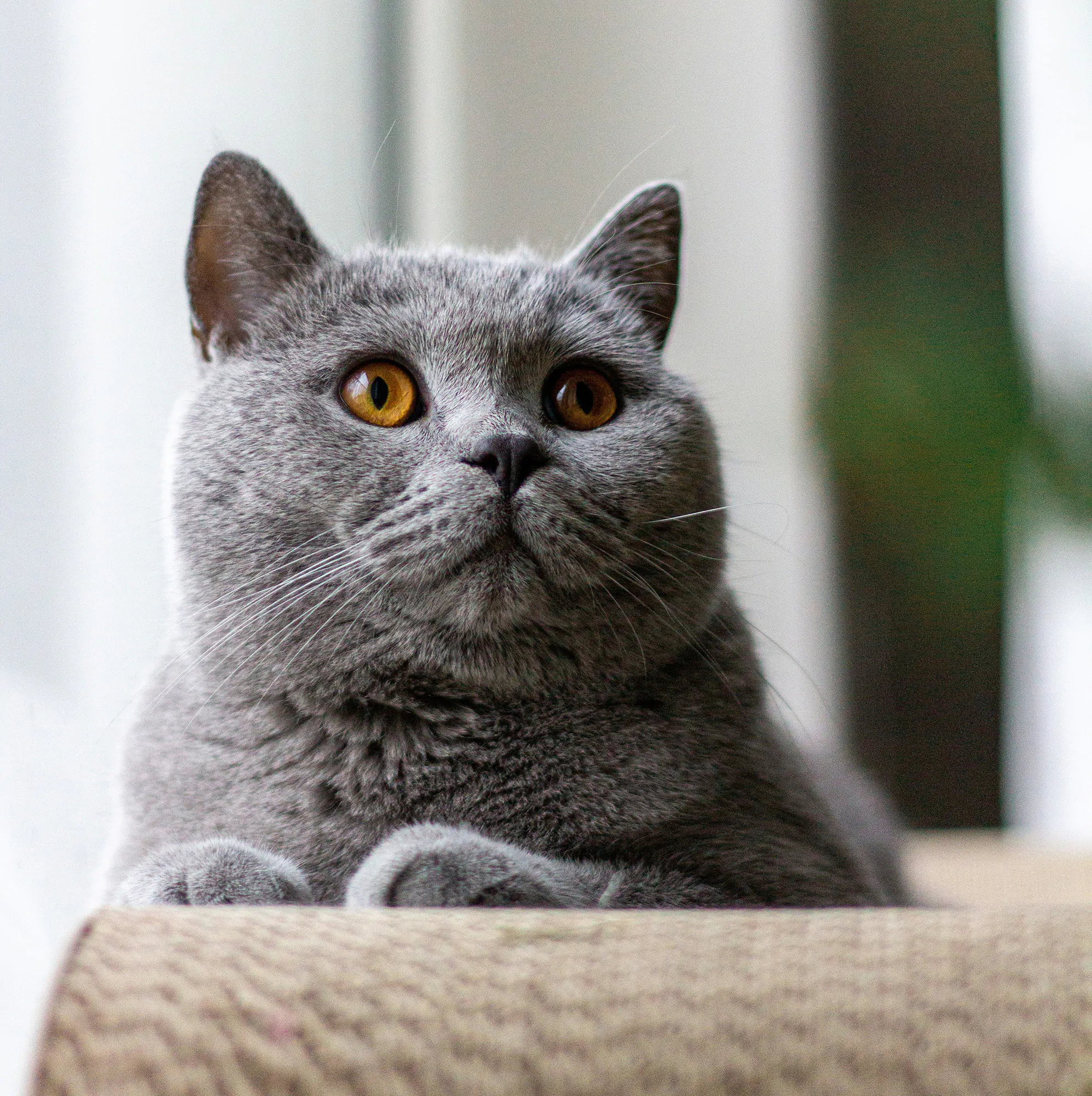

How much exercise does a British Shorthair need?
While not as active as some breeds, British Shorthairs still benefit from daily play and enrichment to stay healthy. Short play sessions with toys like feather wands or laser pointers will help maintain their muscle tone and prevent boredom. As they’re pretty laid-back, it’s best to encourage activity – especially as they age – to avoid weight gain.
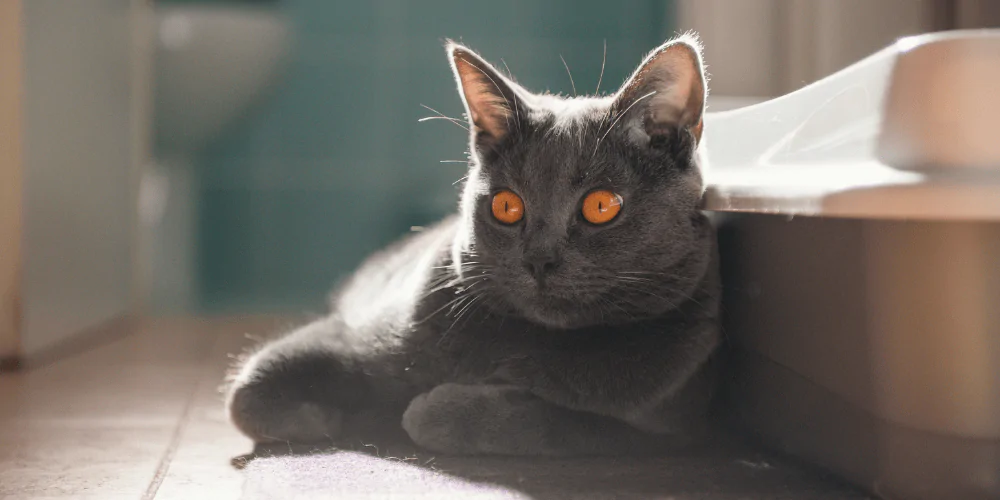

Our expert says…
“British Shorthair cats are hard to resist with their thick plushy coats, wide handsome faces and love of being at home.
“As with all pedigree cats, the relatively smaller gene pool means we as vets do unfortunately see some diseases more frequently in them – especially the heart condition Hypertrophic Cardiomyopathy (HCM). In this disease the heart muscle thickens, reducing its ability to beat effectively and increasing the risk of blood clots.
“Another issue seen more commonly in Shorthairs is obesity. They’re not the most active breed, but do love fuss and a treat! It’s very important to keep your cat at a healthy weight to reduce the risk of heart disease, diabetes and joint problems.”
Dr Siân Burwood MA VetMB MRCVS


How long do British Shorthairs live?
With good care, the average lifespan of a British Shorthair is around 12-20 years.
Want to maximise your time with your Shorthair? Be sure to provide a balanced diet, regular check-ups at the vet, and plenty of love.
What are the common health issues for a British Shorthair?
British Shorthairs are generally robust, but they can be prone to certain hereditary or lifestyle-related conditions. Hypertrophic cardiomyopathy (HCM) – a heart condition that causes thickening of the heart muscle – is one of the most common.
Obesity is another risk due to their calm nature and fondness for food, and this exacerbates other health issues. Regular check-ups, a measured diet and routine dental care will help to keep them in good condition.
If you’re in the market for a British Shorthair, do your research and find a responsible breeder. They should screen for genetic issues, ensuring their kittens get off to the best possible start.
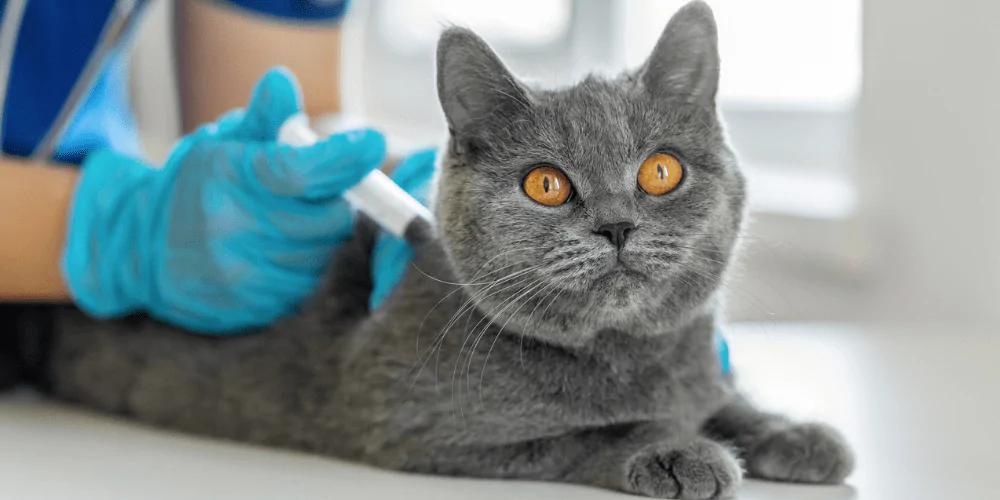

British Shorthair grooming and hygiene
The British Shorthair’s short but dense double coat needs weekly brushing to remove loose hair and keep it in tip-top condition. You may need to break the brush out more during seasonal shedding periods.
Routine ear cleaning and dental care should also be part of their grooming routine. You may need to occasionally trim their claws if you keep them indoors, although having a scratching post should also help with this. Bathing is rarely necessary unless your cat gets particularly dirty.
Do British Shorthairs shed?
Yes, British Shorthairs do shed, especially in spring and autumn. But their short, plush coat makes it relatively manageable. Regular brushing can help keep their coat soft and glossy, and will prevent tumbleweeds around the home.
Are British Shorthairs hypoallergenic?
No cats are truly hypoallergenic, and British Shorthairs certainly aren’t. Like all cats, they produce the protein Fel d 1, which triggers reactions in those sensitive to allergies. On the plus side, some allergy sufferers may find their shedding level more tolerable than that of longer-haired breeds.
Photo by Đồng Phục Hải Triều on Unsplash
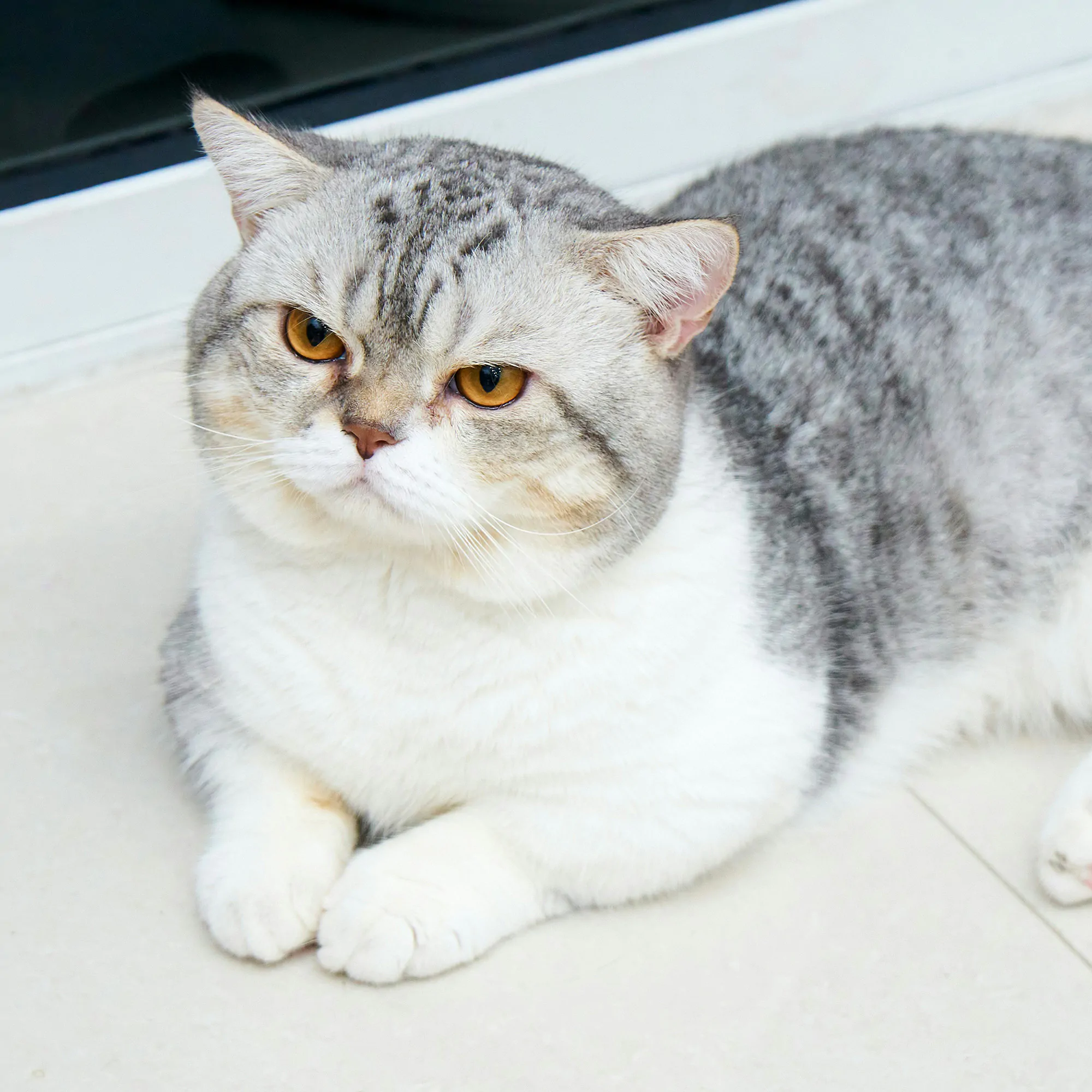

How to train a British Shorthair
British Shorthairs are intelligent and enjoy routine. As such, they respond well to gentle, consistent training methods.
Here are a few pointers:
- Reward-based training works well, not least because they’re food-motivated. You’re most likely to make progress with treats, toys and praise.
- Believe it or not, you might be able to teach simple commands such as “come”, or they may come when you call their name. You can even teach them to sit. Many owners have found that using a clicker works best, as they come to associate the sound with being given a treat.
- Keep sessions short, calm and positive.
- Providing scratching posts will help encourage good behaviour.
- Use puzzle toys to stimulate their minds and prevent boredom.


What insurance do I need for my British Shorthair?
The level of cat insurance you choose for your British Shorthair will usually come down to your circumstances and budget. So you know exactly what you’re getting for your money, read our guide to whether pet insurance is worth it.
We think that all cats deserve the most comprehensive level of cover as possible, which is why we only sell different types of lifetime cover. We could also cover your British Shorthair for any pre-existing conditions they may have with our Lifetime Plus policy, subject to acceptance*.


Guides and advice from experts
Our expert vets and behaviourists have great pointers to help keep your pet happy and healthy.

If your dog gets ill or has an accident, you want to give them the best care possible. Let’s take a look at why having pet insurance is important for your pooch.

How to choose the best pet insurance for my pet
We explain the top things you may want to think about when it comes to researching pet insurance policies, including how you can compare pet insurance.

What is lifetime pet insurance?
We’re saying farewell to all of the confusion around lifetime pet insurance. Join us as we explore what it is and how it works.
*Cover for pre-existing medical conditions is subject to acceptance. They will not be covered unless you have declared them and they are shown on your Confirmation of Cover.

